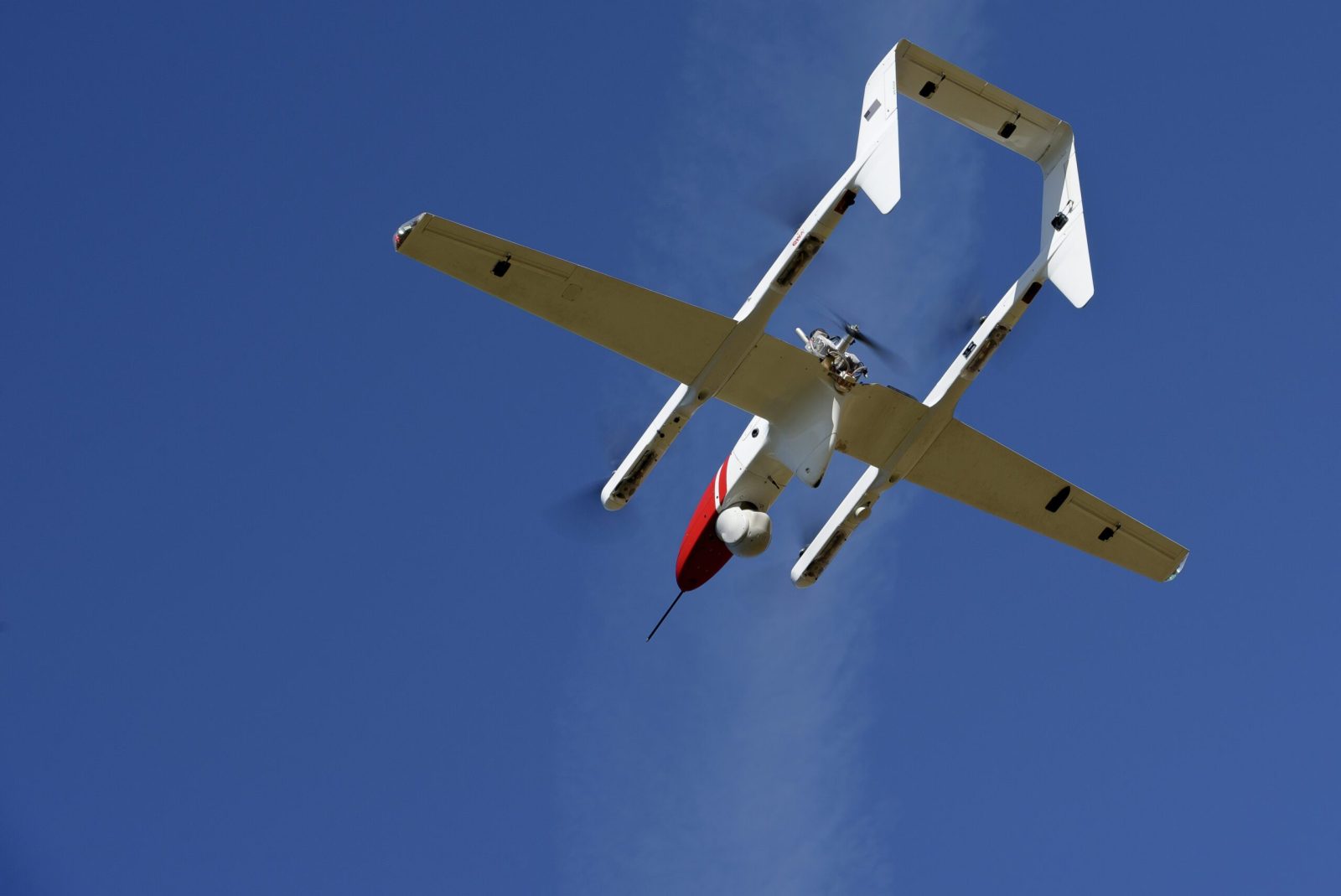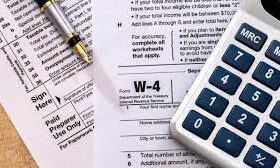Fighting fires has always been difficult. Now, thanks to drones, emergency teams have a handy new device. Thanks to these devices, problems can be noticed from a distance, preventing them from turning into a disaster.
Aerial Technology in Fire Safety & Natural Disasters
Drones can move high into the sky and cover a long distance in a short time. They take photos and live videos and use sensors for searching. Because of this, responders can find fires or hot spots sooner.
Fire detection systems make drones much more helpful during emergencies. They allow teams to see what’s happening as it happens, resulting in faster and more reliable solutions.
Flying at elevation allows crews to spot danger areas clearly. Surveyors can detect hidden blazes in forests or buildings using a drone. Early detection can help save people’s lives and the things they own.
Fires often follow disasters, such as storms, earthquakes, or landslides. It’s possible to check damaged areas with drones quite quickly. They overfly high-risk areas to give us the complete details about the situation.
Drones often help identify people trapped by the flames in big wildfires. They show rescue crews the best places to search.
Drones can also be used to see if the fire has been extinguished. They try to find heat left over that could reignite the fire. As a result, you can be sure nothing is uncertain.
How Drones Help in Fire Emergencies
It only takes a short time to start a drone. Emergency workers can get them into the air in minutes.
These firefighting devices include heat sensors and smoke detectors. They can spot fires and demonstrate which way the flames are advancing, which helps firefighters decide what to do next.
Another benefit is that drones give instant video images from the air as they fly. Field teams rely on this video to work more productively and avoid risks. It lets us see what’s happening from above.
Drones are very useful during fires. They make emergency teams fast, safe, and more effective. Here are more benefits of drones in fire emergencies:
- Quick detection of smoke and fire
- Live heat imaging
- Access to difficult-to-reach areas
- Less risk for firefighters
- Better planning via real-time data
- Lower cost than helicopters or large aircraft
Spotting Fire Hazards Before They Start
Drones are not just helpful for fighting fires. They also help reduce the risk of fires. Drones are able to detect dry trees, broken electrical wires, and gas leaks via inspection.
Including drone patrols as common parts of fire safety plans is now possible. When implemented with additional tools, they become much more effective at guarding your network.
Mapping Fire Zones in Real Time
Understanding the layout makes a big difference in a fire. Drones make instant maps of dangerous areas, where it is safe to go, and which directions the fire could take. As a result, teams can act quickly and wisely.
In addition, they capture the movements of a fire. Response teams can steer around blocked roads or where trees are about to fall.
Smart Sensors That Improve Safety
There is more to a drone than just its camera. Some detectors contain sensors that spot heat, gas, or smoke. Such tools are necessary to find threats that go unnoticed by people.
Thermal sensors that sense heat beyond the haze of thick smoke can do this. Gas detectors help discover gas seepage that could lead to explosions and lower the chances of an accident during a rescue effort.
When used with fire software, drones can immediately raise an alarm. This provides teams with an opportunity to prevent problems from becoming more serious. When information comes quickly, we can act just as quickly.
How to Save Lives in Urban Settings
Cities have a much greater risk of fires spreading because of how quickly they can move. High buildings, narrow lanes, and crowded streets add difficulties. But you can use a drone to get an instant bird’s-eye view.
They reveal where people cannot leave and the path the flames follow. As a result, pilots can pick clear paths and help people get out sooner. Drones are also used to survey rooftops and narrow alleys.
Since drones fly where roads cannot reach them, they are usually the first intelligence to arrive. They begin collecting information before the fire trucks get there. The extra time at the beginning can affect the future.
Ways of Reducing Risk for Firefighters
Every day, firefighters put themselves in harm’s way. By letting drones explore the area, the risk for the rescuers is lowered. Teams know what to expect well before they go on rescue missions.
Firefighters can better create a plan with actual details instead of just guessing. This keeps their work safer and allows them to do it better. They can avoid buildings with weak floors, collapsing roofs, or unpredictable dangers.
During significant fires, drones patrol on a regular schedule. They observe while teams work on the site. If there is a change, the team is notified without delay.
Common Challenges Involved and What’s Next
Despite their many positive aspects, drones encounter a few challenges. Global weather, wind, and smoke can reduce aircraft visibility. Long flights require a second drone in reserve since the battery runs out quickly.
Fortunately, newer technology is beginning to solve these issues. Drone technology in the future might let them work better in the dark, carry newer and better sensors, and fly for a longer period. AI will assist them in finding potential fire threats faster.
Drone use is growing, so the rules are also changing. Any emergency team working in the air should know the air safety rules and protect privacy. However, drones will be even more helpful if people plan them well.
The bottom line is that fires continue to be a danger in cities, forests, and rural environments. At this moment, drones are making it easier for us to defend ourselves. Drone technology gives us more visibility and a safer experience.
Because of cameras, sensors, and smart mapping, drones can do more than just fly. They will play a major role in future emergency work, and these changes are influencing how we keep lives and property secure.







